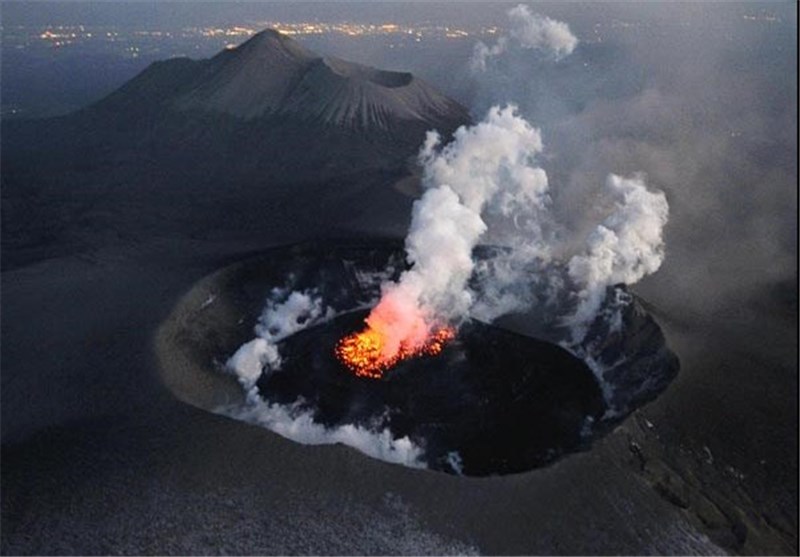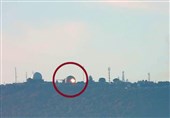Japan Issues Warning to Residents as Volcano Continues to Erupt
TEHRAN (Tasnim) - Mount Aso in southern Japan's Kumamoto Prefecture continued to spew smoke and ash 1,000 meters into the air Thursday, severely disrupting flights in the region on the southern island of Kyushu.
In the immediate vicinity of the volcano, which has been erupting for the first time in 19 years since Wednesday, meteorologists from the agency warned residents nearby that volcanic rocks could be launched from the crater and fall within a 1 km radius of the volcano.
On its scale, which ranges from Level 1, meaning "Normal" and Level 5, meaning "Evacuate," the advisory given by the JMA was between 2 and 3, officials from the agency said, adding that the crater, located near the 1,592-meter peak of the mountain, should be avoided.
The JMA has not raised its warning level to 3, however, meaning the active volcano is still accessible to the public, Xinhua reported.
They said that volcanic rocks had been detected shooting up as high as 200 meters in the air earlier Thursday and volcanic ash had blanketed the nearby city of Bungo-Ono, in Oita Prefecture, and the town of Gokase, in Miyazaki Prefecture, both of which lie within 50 kms of Mount Aso.
Aso's eruption follows more than 60 people being killed after Mount Ontake, in central Japan, erupted on Sept. 27. The 3,067- meter volcano, which is situated over both Nagano and Gifu Prefectures, violently erupted in the middle of a busy hiking season.
Weeks before the eruption, as was the case in Kyushu, experts had detected increasing amounts of seismic and volcanic activity in the area.
Mount Aso's huge caldera, caused by an ancient eruption causing the original collapse of the mouth of the volcano, dominates the southwestern main island of Kyushu, and as recently as last month, seismologists and volcanologists warned that a single massive volcano erupting, such as one of the seven that have occurred on the island in the past 120,000 years, could bury the region and its 7 million inhabitants in deadly molten rock.





